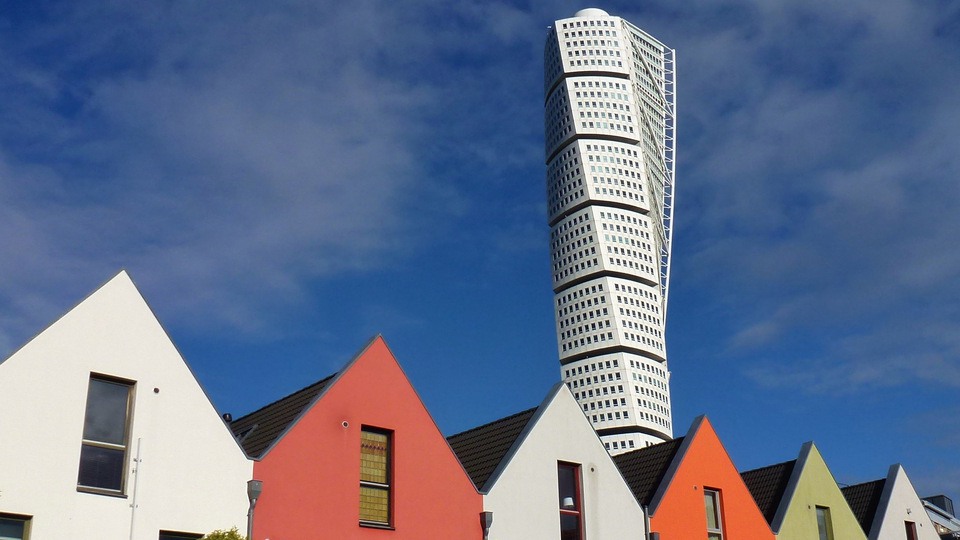
RECREATE: Resource nexus for transformation to circular, resilient, and liveable cities in the context of climate change
As the fraction of people living in cities continue to expand around the world, urban metabolism analysis can help decision makers develop cities to become resource efficient, climate friendly, resilient and equitable.
IVL Swedish Environmental Institute, together with leading universities and academic institutes from Sweden, Austria and China, are working to create sustainable, resilient and liveable cities through the perspective of urban metabolism analysis. Through the lens of urban metabolism, the goal of this project is to identify roles, opportunities, and pathways for cities to foster circular economy.
Urban metabolism is a model used to study the flow of energy and resources as they enter cities, how they are used and consumed, and how they exit cities as wastes. By studying urban metabolism, we can get a better understanding of how resources are used and ways to reduce negative environmental impact.
The project is working with four cities: Beijing, Malmö, Shanghai, and Vienna with the objectives to analyse how we can:
- Significantly reduce energy, water and material resource use, and related environmental impacts;
- Build resilience to the ever-increasing uncertainties of globalization and climate change; and
- Make cities more liveable for growing populations in different urbanization contexts in China and Europe.
We are developing and implementing quantitative methods for urban metabolism and proposing urban resource cycles (that is, the urban transformation and circularity of the flow of materials and resources) to provide foundations for building urban resilience to social, economic, and environmental stress.
Through our cross-partner collaboration distributed in the four case-study cities, the project’s researchers will apply various methodologies across the cities for comparative and synthesized knowledge creation. Integrated solutions will have embedded results from policy exercises and elicited stakeholder shared values which will provide bounds of acceptability for these liveable cities.
Project facts
- RECREATE: Resource nexus for transformation to circular, resilient, and liveable cities in the context of climate change.
- Partners: IVL Svenska Miljöinstitutet, IIASA, Chalmers, Beijing Normal University, Fudan University, Jinan University, Malmö stad, Sysav
- Period: 2019 - 2022
Contact
Want to know more about IVL's services and offers? Enter your email address and choose which area you want to know more about, and we will get back to you.
